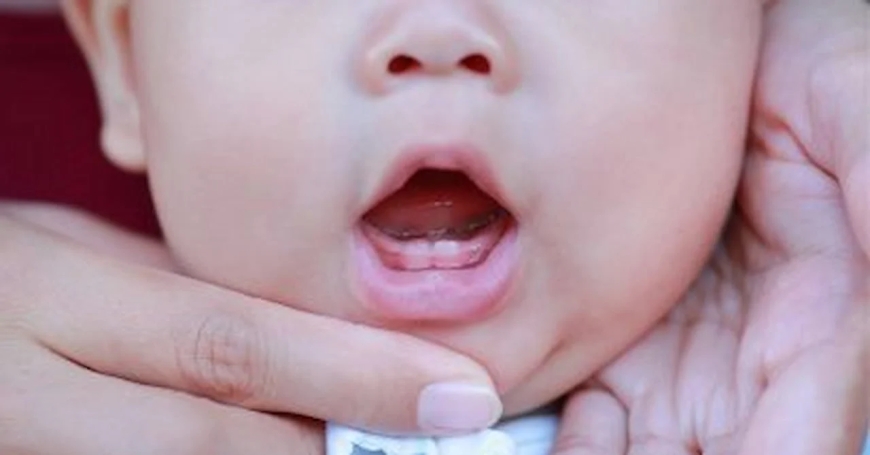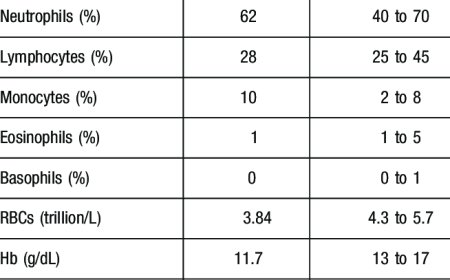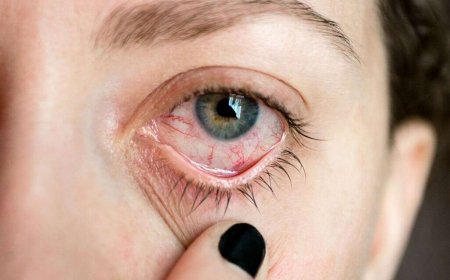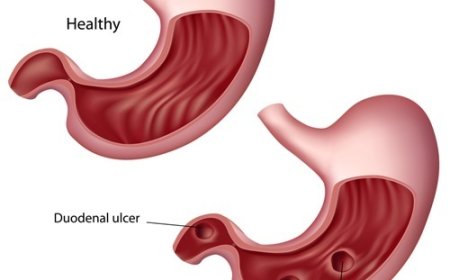Teething

Introduction:
Teething is a significant milestone in a baby's life, and as a parent in India, it's essential to be aware of this process and offer support to your teething toddler. This article aims to provide an understanding of teething, its signs and symptoms, causes, risk factors, types, diagnostic tests, treatments, complications, and prevention techniques, explained in simple language suitable for 10-year-old children.
What Is Teething? :
Teething is the process by which a baby's first set of teeth, also known as primary or baby teeth, start to emerge through the gums. It typically begins around six months of age and can continue until the child is about three years old.
Signs and Symptoms:
Signs that your toddler is teething include:
- Excessive Drooling: Your baby may drool more than usual during teething.
- Irritability: Teething can cause discomfort, making your child fussier and more irritable than usual.
- Gum Swelling and Sensitivity: The gums around the emerging teeth may appear swollen and can be sensitive to touch.
- Chewing and Biting: Your toddler may try to alleviate the discomfort by chewing on objects or biting their fingers.
- Changes in Sleeping and Eating Patterns: Teething can affect your baby's sleep and appetite.
How Is Teething Classified? :
Teething is not classified into different types, as it is a natural process that all babies go through. However, the timing and order of tooth eruption can vary from one child to another.
Causes and Triggers:
The eruption of baby teeth through the gums is a natural process caused by the growth and development of your child's teeth.
Risk Factors with Examples:
There are no specific risk factors associated with teething. However, some babies may experience more discomfort during teething than others.
Types of Teething with Detailing for Each Type:
As mentioned earlier, teething is not classified into types. However, the order in which the baby teeth erupt can vary. Typically, the bottom front teeth (lower central incisors) are the first to appear, followed by the top front teeth (upper central incisors).
Diagnostic Tests and Treatments:
There are no specific diagnostic tests for teething, as it is a natural developmental process. However, to alleviate your child's discomfort during teething, you can try the following treatments:
- Gentle Gum Massage: Gently massaging your baby's gums with clean fingers can help soothe discomfort.
- Teething Toys: Providing your child with teething toys made of safe materials can give them something safe to chew on.
- Cold Compress: Applying a clean, cold, and damp cloth to your baby's gums can help reduce inflammation and provide relief.
- Over-the-Counter Remedies: Some over-the-counter teething gels or medications can help temporarily relieve discomfort. However, it's essential to consult your pediatrician before using any medication.
Complications of Teething Prevention Techniques:
Teething is a natural process and does not usually lead to complications. However, you can take preventive measures to ensure your child's comfort during this time, such as offering teething toys and practicing good oral hygiene.
Teething is a normal and natural part of a baby's growth and development. As a parent in India, being aware of the signs and symptoms of teething can help you provide comfort and support to your teething toddler. By employing simple home remedies and offering safe teething toys, you can ensure that your child's teething experience is as smooth and comfortable as possible. Remember, teething is a temporary phase, and with your love and care, your toddler will soon have a bright and healthy smile!
What's Your Reaction?
 Like
0
Like
0
 Dislike
0
Dislike
0
 Love
0
Love
0
 Funny
0
Funny
0
 Angry
0
Angry
0
 Sad
0
Sad
0
 Wow
0
Wow
0







































































